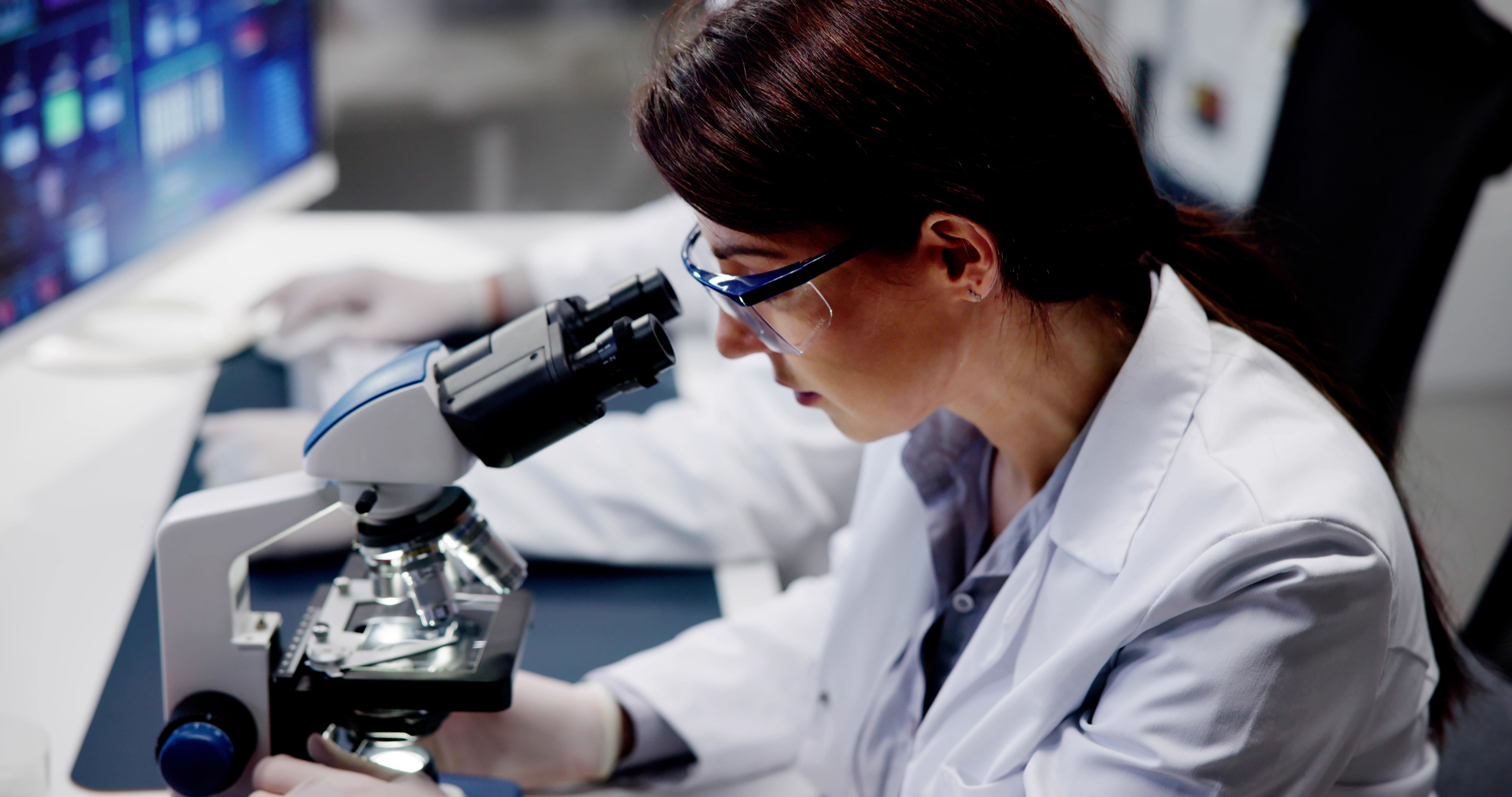Authors: Ashlie Reker, PhD, Senior In Vivo Research Liaison; and Christian Garcia, PhD, Senior Application Scientist
Incorporating the 3Rs—Replacement, Reduction, and Refinement—into animal research is not just an ethical obligation, but also a strategic advantage. By adhering to these principles, researchers can improve the quality of their data, ensure regulatory compliance, gain public and financial support, and achieve greater cost efficiency. The 3Rs framework fosters more humane, scientifically rigorous, and socially responsible research, making it an essential cornerstone in modern scientific practice. The 3Rs principles include:
-
Replace animals with nonliving entities.
-
Reduce the number of animals used in experiments.
-
Refine processes to reduce animals’ pain and distress.
Those principles serve as guides by which in vivo researchers can achieve the highest degree of observing animal welfare mandates during the experimental process. New technology that supports researchers can provide maximum animal care without disrupting research projects because healthy and happy animals result in better research, faster processes, and more-accurate results.
Advancements in technology for in vivo research are rapidly progressing and play a crucial role in increasing the efficiency and accuracy of experiments and key to this is advanced data analytics, artificial intelligence, and evolved methodologies. These innovations reduce the number of animals required, refine experimental procedures with non-invasive techniques, and incorporate automated systems to minimize pain and distress, ensuring animal well-being throughout the experimental process. When hardware, software and devices are fully integrated not only does animal welfare improve but organizations have the data they need to report on practices and to comply with animal welfare guidelines.
Advancements in technology for in vivo research are rapidly progressing and play a crucial role in increasing the efficiency and accuracy of experiments and key to this is advanced data analytics, artificial intelligence, and evolved methodologies. These innovations reduce the number of animals required, refine experimental procedures with non-invasive techniques, and incorporate automated systems to minimize pain and distress, ensuring animal well-being throughout the experimental process. When hardware, software and devices are fully integrated not only does animal welfare improve but organizations have the data they need to report on practices and to comply with animal welfare guidelines.
4 Ways Technology is Supporting the 3Rs
1. Provide Safer Pain Management
Humans and animals — even rodents — have more physiological similarities than most people think they do. This is precisely why in vivo testing is used to develop new therapeutics: if a compound has the intended effect in an animal, there’s a good chance it will also be effective in humans. The drug development process inherently lends itself to identifying efficacious therapies for use in non-human animals as in vivo research is the first line of producing data that is more directly applicable to human efficacy. These compounds then become part of the arsenal of tools available to vet and vivarium staff to maintain animal welfare, such as better and safer pain management.
2. Enhance the Animals’ Environment
Improved research equipment and design have shown that many animals are smarter, more social, and more communicative than originally thought. As an example, in the mirror self-recognition test, an unnatural object like a sticker is applied to a part of the body — such as the forehead — that the animal can see only by using a mirror. An animal that recognizes the object in its reflection suggests the animal is self-aware.
Such self-awareness is deemed critical to the development of social intelligence, which may manifest as collaboration in, or development of, a hierarchical social structure, as seen among elephants, dolphins, and, according to new research, maybe even mice. These new insights have led to enhanced enrichment requirements for animal welfare such as social housing and naturalistic environmental objects.
3. Manage Animal Health While Monitoring Animals
Home cage monitoring uses sensors and cameras to continuously relay information about animal behavior and welfare. The information can also provide valuable experimental data without increasing animal stress due to handling. Additionally, E-commerce has also made it easier to quickly obtain items like food and medicine and virtual interaction platforms support real-time discussion, which can be especially useful in animal health cases.
4. Design the Vivarium and Maintain the Animal Colony
Building or renovating a vivarium requires meticulous planning and execution. Scalability must be considered, too, because the number of animals needed may fluctuate during the drug development and testing processes. More efficient and environmentally friendly operational costs, such as holding racks, HVAC, and cage wash designs will be key. New designs will also consider increased animal welfare by improving sound dampening and automating temperature and humidity levels.
Conclusion
The 3Rs in animal research guide both ethical obligations and strategic advantages. By adopting these principles, researchers can enhance data quality, regulatory compliance, public support, and cost efficiency, while promoting humane and socially responsible research. Technological advancements play a pivotal role in supporting the 3Rs by improving pain management, enriching animal environments, enabling continuous health monitoring, and optimizing vivarium design. These innovations not only improve animal welfare but also lead to more accurate and efficient research outcomes.
Want more resources on the 3Rs and animal welfare practices? Check out this blog.
Want more resources on the 3Rs and animal welfare practices? Check out this blog.




